share this post on
find further ideas to boost motivation in our behavior design whitepaper


We frequently aspire to improve our lives, and cultivating new, beneficial habits is fundamental to achieving this. On New Year’s Eve, millions of us make resolutions like “Next year I’ll go to the gym every weekday.” Or, following a scary discussion with their doctor, many will vow: “I’ll take my hypertension meds regularly.” However, life unfolds, and the Doer within us subtly undermines the grand plans arranged by the Planner.
Picking up a new activity requires considerable energy at first, especially for something that may not be enjoyable in the moment but offers great future benefits. Sticking with behaviors can turn them into habits, and activities like meditating right after you wake up become easy and automatic. You’ll probably begin to feel something is wrong with your day if circumstances force you to skip these activities.
This is the power of habit: formerly deliberate tasks evolve into automatic components of your life. Even in moments of absent-mindedness, a habit remains your go-to choice. With the right tools, we can influence people to form new, beneficial habits for their health and well-being. In this chapter, we will show you a powerful framework to do this.
Studies by neurobiologists and cognitive psychologists indicate that at least 40 percent of everyday human behavior falls into the habitual category. While habits have an enormous impact on people’s physical and mental health, and most medical interventions require patients to modify their routines, habits are also notoriously hard to change because they are so deeply rooted in our everyday lives.
Digital applications, particularly mobile apps, and wearables, offer growing potential to influence health-related behaviors and habits. Developments over the past decade underscore this trend from two angles: advancements in behavioral science and the pervasiveness of digital technology.
Behavioral scientists continually refine theoretical models of habit formation. This, in combination with our expanding scientific knowledge of Behavior Change Techniques (BCTs), offers practical methods to assist individuals in developing more effective health-related habits. The tech industry has already begun capitalizing on these findings by employing these techniques and tapping into the underlying science.
This is particularly evident in social networks, where robust digital behavioral engines can now link users to specific products and sway behavior on a massive scale. In fact, their influence is so profound that managing their impact on individuals and society has become a global social challenge, igniting intense political debate.
How can health tech companies leverage digital technology to assist patients in developing positive health-related habits? In the following, we present a practical model supported by science to create a self-reinforcing habit-building cycle.
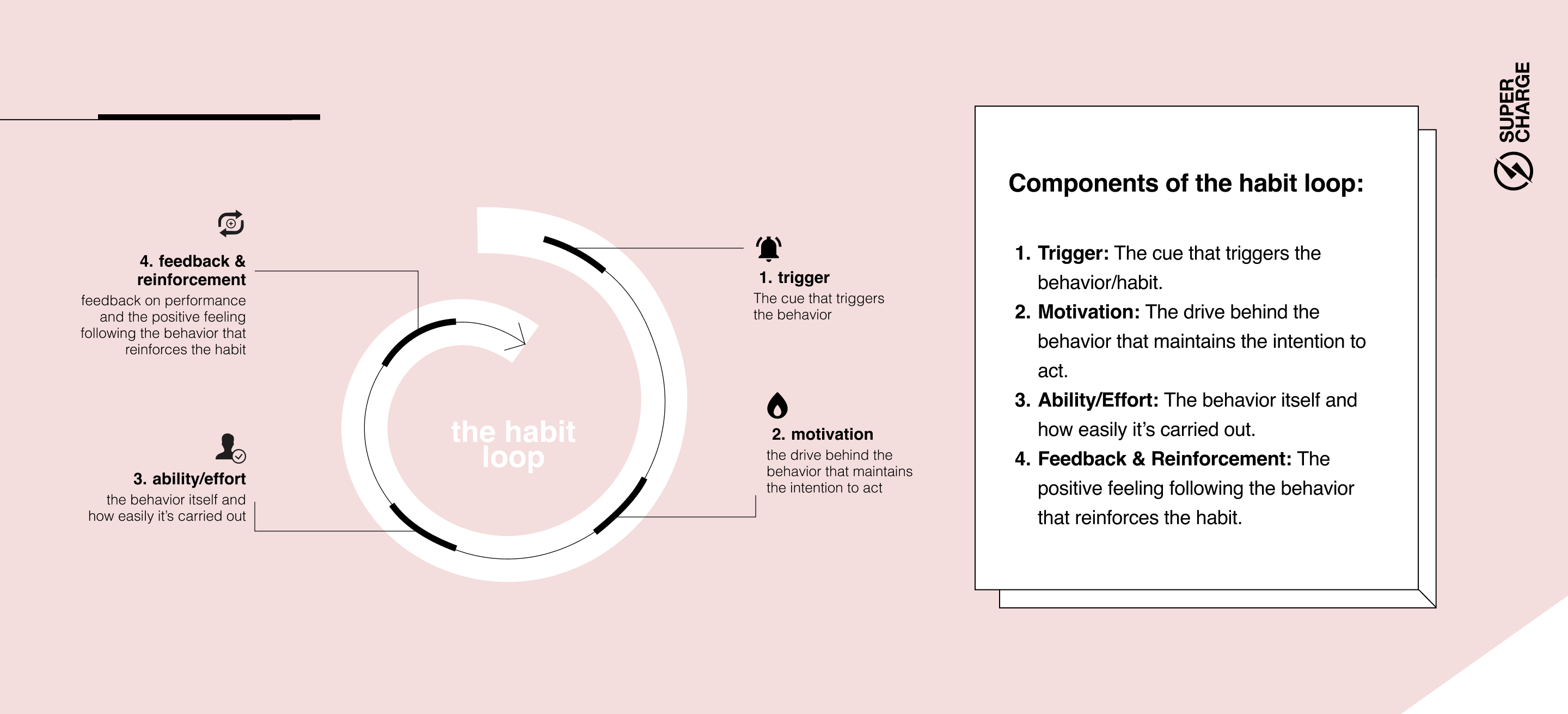
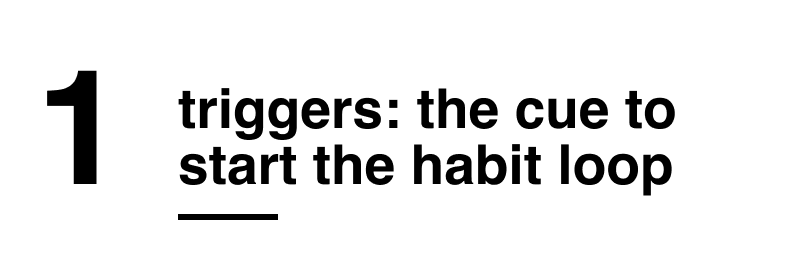
Every behavior starts with a trigger. Without a trigger — whether it’s an internal feeling, such as hunger, or a cue coming from the environment, like a notification on your phone — the habit simply wouldn’t take place. So, the first step in creating or changing any health-related habit is to identify the trigger that will be associated with it.
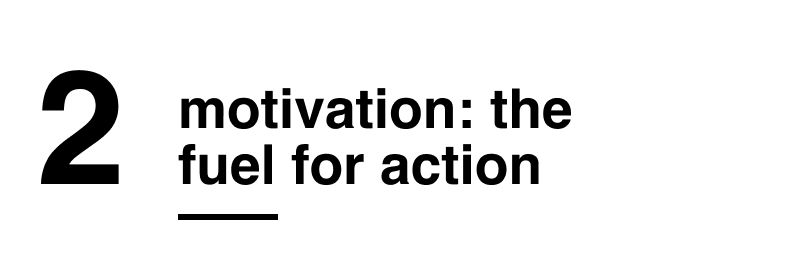
Triggers are prerequisites, but on their own, they aren’t sufficient to launch us into action. The two other necessary components are motivation and the ability to carry out the behavior. Being reminded to wash your hands before eating is insufficient if there is no soap or disinfectant you can use (missing ability) or you simply believe that “some dirt just makes you stronger anyway” (missing motivation). The key for digital apps is to recognize the inverse relationship between motivation and the effort required, as described by the Fogg Behavior Model.
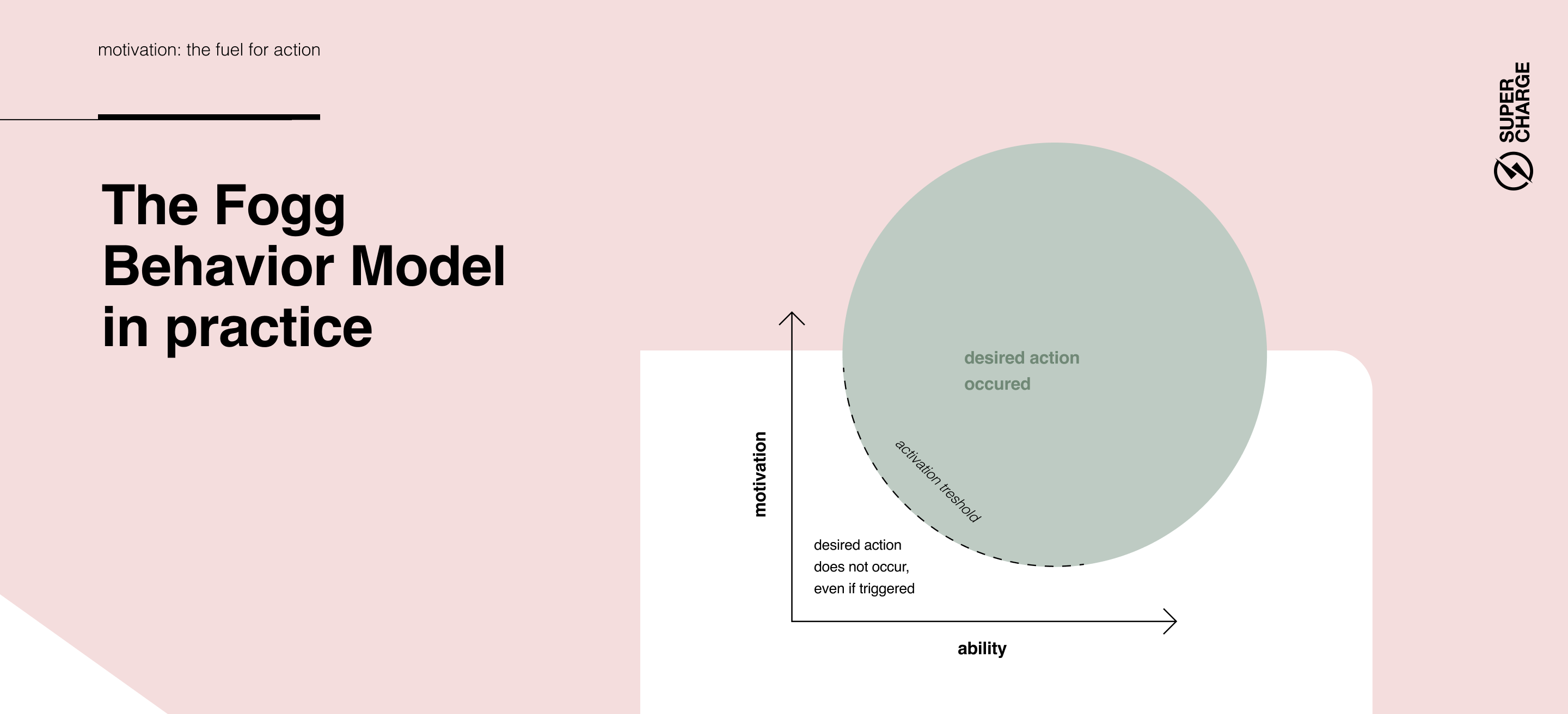
Fogg's model provides a practical lens for predicting and influencing human behavior. Consider the following two examples:
When minimal effort is required, a small amount of motivation is enough. If it takes only a few seconds to scan and automatically upload your blood pressure data via an app, you're more likely to keep track of it than if you had to meticulously record each result in a notebook for your doctor.
Strong motivation will spur action, even when considerable effort is needed. For instance, learning about a friend's severe illness and becoming frightened might prompt you to go the extra mile to schedule a comprehensive medical examination, despite the considerable effort involved.
Keep in mind products and features demanding excessive effort from users without strong motivation almost never achieve their objectives.
The strategy is clear: increase motivation and decrease the effort necessary to carry out the behavior (or vice versa, if the goal is to put an end to a bad habit). In reality, when designing habit-forming digital products, making beneficial behaviors easier is more achievable than trying to influence the motivation to act. To a degree, it’s possible to increase and maintain motivation through education and emotional design, but without initial buy-in from the customer, habit-building is unlikely to happen.
We will look into how to decrease the required effort, but first let’s examine how motivation fuels habits, and what techniques digital health apps can apply to boost it.
A crucial aspect to consider when it comes to motivation is that it oscillates. You experience natural surges of motivation when you’re eager to change: you switch to a healthier diet, start exercising, or meditate every evening. In those periods (usually at the beginning of the year or after an important life event) you might even invest in a pair of new running shoes and go for a run a couple of times.
However, these peaks of motivation will inevitably be followed by valleys of motivational lapses. Different strategies are needed, depending on whether the user is currently at the peak of a motivational wave or has slid down to a valley.
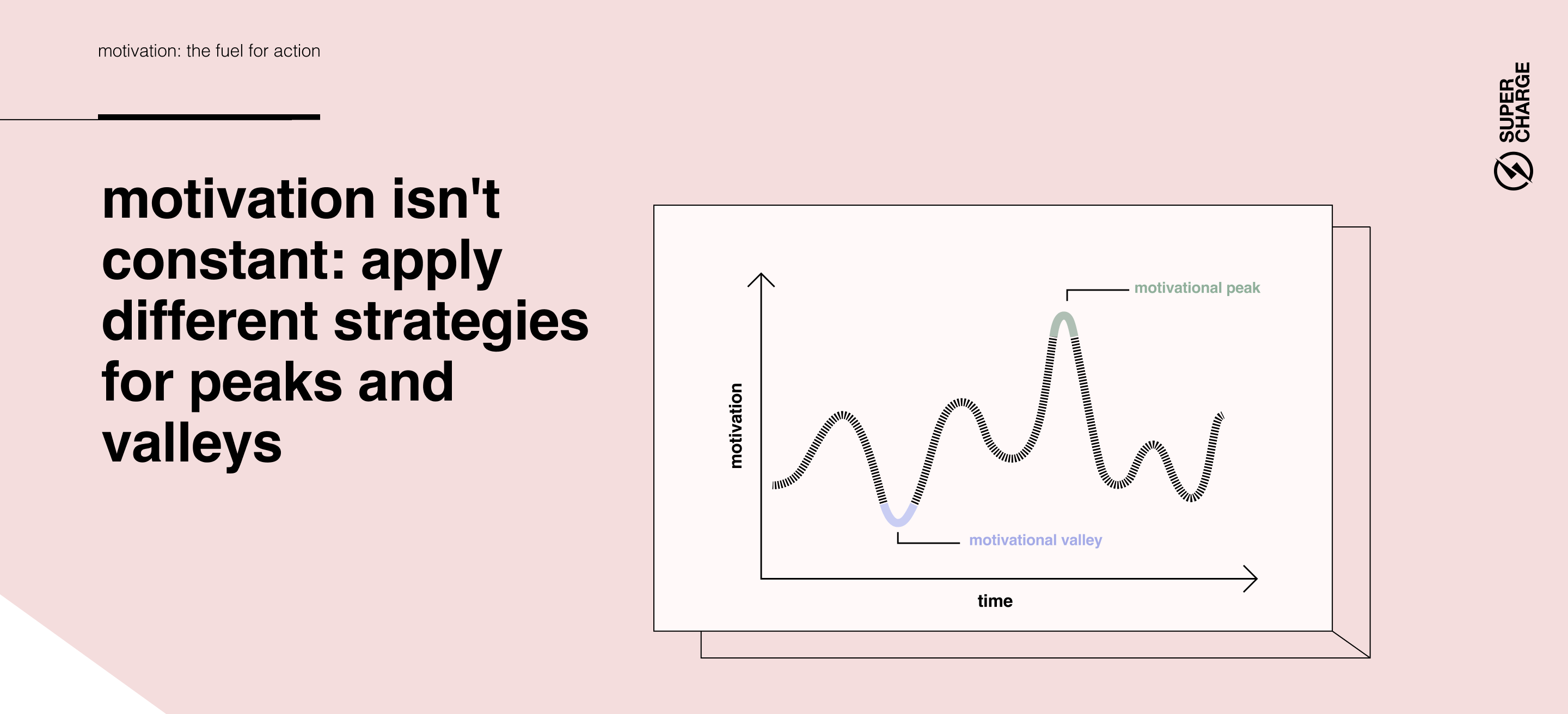
As a general pattern, expect short periods of motivational peaks to be followed by longer motivational valleys.
There are several Behavior Change Techniques (BCTs) designed to affect motivation within the habit loop. These systematic procedures can be directly employed by digital apps to regulate a user’s motivation level. As always, there is no panacea that works for everyone, and these techniques should be tested and blended to best suit your product’s context and your users’ unique needs and characteristics
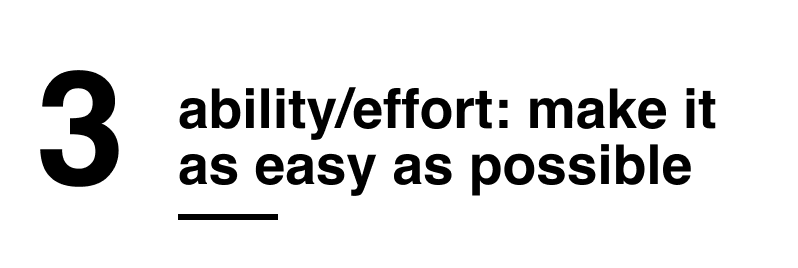
If there is one thing UX-driven digital technology truly excels in, it’s simplifying complicated tasks for users. When you scan a barcode at a grocery store and receive tailored advice on how the food integrates into your diet, adhering to a recommended nutritional plan becomes significantly less challenging than independently investigating ingredients and calculating their values.
The inverse relationship between motivation and ability (the effort needed to do something) shows that reducing difficulty has strategic importance when users lack motivation to perform the desired behavior. Influencing people's motivation proves more challenging than improving their ability to do something, which is why the golden rule of behavior design is to start with fixing ability first, making the desired action as simple as possible.
The factors that make an action easy to perform are well-established. While there are countless ways that simplicity can manifest itself in a product, they all derive from a combination of certain fundamental elements.
1) Once the seed has been planted we can gradually increase the challenge difficulty and the extent of change needed in users' routines. Instead of trying to get someone to do yoga twice a week for 30 minutes, start with two-minute stretches that can be done after waking up, without necessitating an overhaul of their entire morning routine. Two minutes of stretching? There’s no excuse to skip that.
Perform just one downward dog pose after climbing out of bed, then proceed to relish a deserved cup of coffee, with the warm feeling of having completed your daily goal. The seed of the habit has been planted, and perhaps next week, you could extend its duration by a few more minutes. Because you progress gradually, you have the time and capacity to adjust other habits around it: start waking up earlier, or prepare your breakfast the day before to leave more time for your expanding practice, for example.
2) We discussed the concept of anchor habits serving as effective triggers for new routines. Linking new habits to established ones can also significantly decrease the necessary effort. Creating a random mid-day flossing routine is more challenging than ensuring it's done before brushing your teeth in the evening, when you're already standing before the mirror.
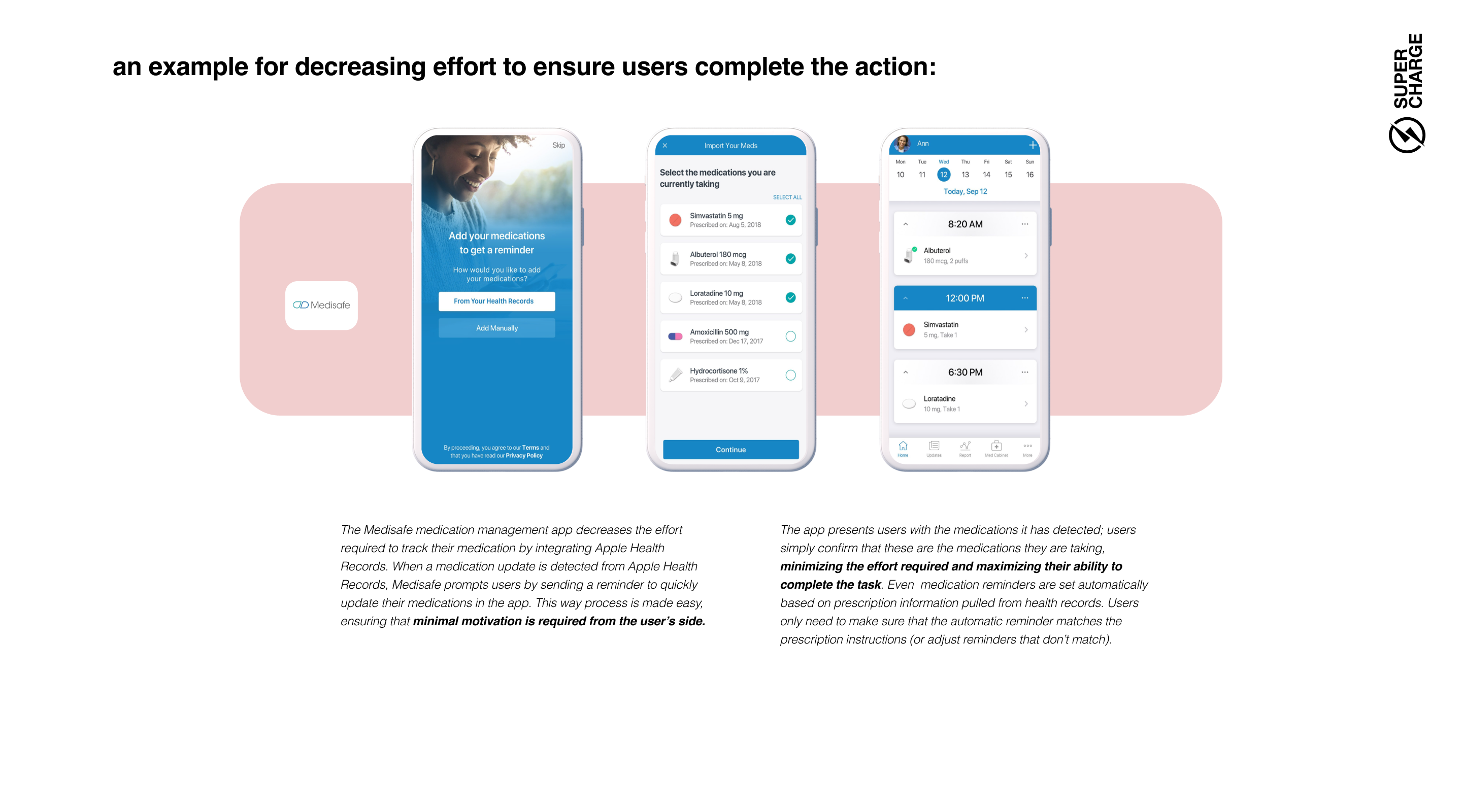

It's crucial to trigger positive emotions either during or immediately after completing a desired behavior.
What truly affirms and solidifies a behavior is the sensation of success, pride in progress made, feelings of competency, productivity, and receiving admiration and appreciation from others. One crucial rule to remember is that for these emotions to be associated with the behavior, users need to experience them during or directly after the task completion.
Imagine you decide to brave the elements and go for a run in the park, bringing along your favorite fitness tracking app. Upon finishing your typical 5K, you discover that you've beaten your previous record and also hit the 100 km milestone for the year. As you cross the finish line, Roger Federer's voice from the app commends your performance. You feel proud and elated – you have reached a significant milestone. So you return home feeling satisfied and positive, ready for the next run later in the week. Would you feel the same if the app hadn’t congratulated you immediately? Would the same data, if provided as part of your end-of-month performance report, incite the same emotion? When designing rewards to elicit positive emotions, it's absolutely essential to deliver them immediately following the behavior for successful habit formation.
Even though triggers for positive feelings undoubtedly depend on individual factors, celebrating users’ success is an effective approach that you can safely build on. You don’t need a glass of champagne to celebrate. Tiny positive affirmations included in the app can trigger users to feel successful on the way to developing a new habit. There are a number of emotional design tools you can apply in an app to create rewarding positive affirmations: